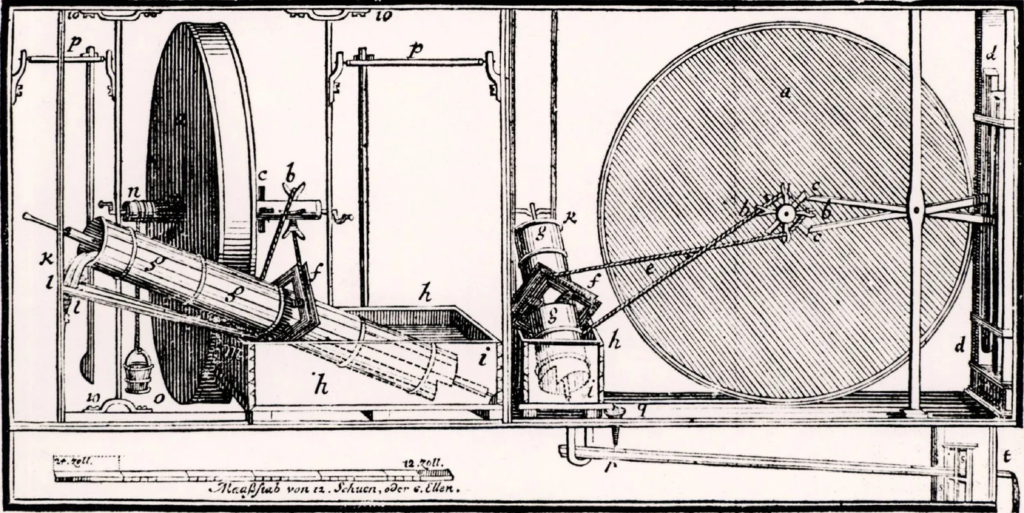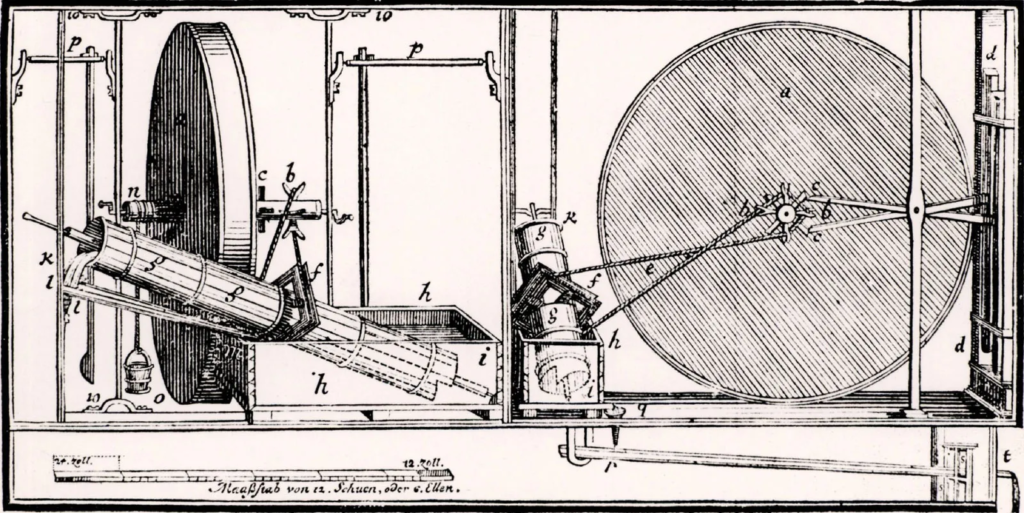Perpetual motion, also known as perpetual motion machines, is the concept of a machine that can operate indefinitely without an external power source. It is a theoretical concept that violates the laws of thermodynamics, which state that energy cannot be created or destroyed, only transformed from one form to another.
Despite numerous attempts to create perpetual motion machines, none have been successful. The closest anyone has come is with devices that use magnets or gravity to produce motion, but these devices eventually slow down and stop due to friction and other forces.
The idea of perpetual motion has been around for centuries, with some of the earliest recorded attempts dating back to the 12th century. However, it was not until the 17th century that scientists began to understand the laws of thermodynamics and realize that perpetual motion was impossible.
In modern times, the concept of perpetual motion has been largely discredited by the scientific community. It is seen as a pseudoscientific idea that is often associated with fraudulent schemes and scams.
In summary, perpetual motion is a theoretical concept that violates the laws of thermodynamics and has never been successfully achieved. It is considered a pseudoscientific idea and is not taken seriously by the scientific community.

How to make perpetual motion?
According to the laws of thermodynamics, energy cannot be created or destroyed, only transferred or converted from one form to another. Therefore, it is impossible to create a perpetual motion machine that generates energy indefinitely without an external source of energy input.
However, if we were to hypothetically try to create a perpetual motion machine, we would need to consider the following:
- Source of Energy: To create a perpetual motion machine, we would need an infinite source of energy that can power the machine indefinitely. This is not possible in reality, as energy cannot be created out of nothing.
- Conservation of Energy: The first law of thermodynamics states that energy cannot be created or destroyed, only converted from one form to another. Therefore, any perpetual motion machine would have to violate this fundamental law of physics.
- Friction: Friction is a force that opposes motion between two surfaces in contact. In any mechanical system, there will be friction, which will eventually cause the system to lose energy and come to a stop. Therefore, a perpetual motion machine would have to eliminate friction entirely, which is impossible.
- Entropy: The second law of thermodynamics states that the entropy of a closed system will always increase over time. This means that any perpetual motion machine would have to be an open system that can exchange energy with its surroundings, which would violate the first law of thermodynamics.
In conclusion, a perpetual motion machine cannot be fully created due to the laws of physics


